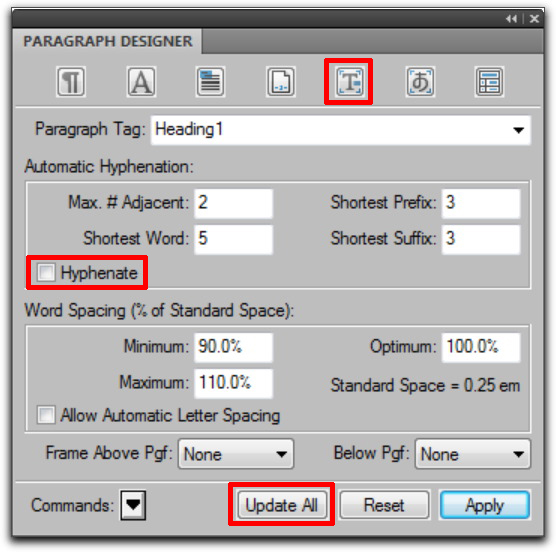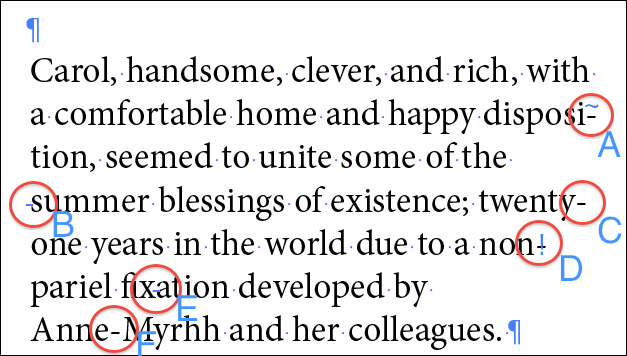

For fiction, this means that almost all of your text will be justified, with even edges on the left and right.
#AUTO HYPHENATION IN WORD PROFESSIONAL#
Hyphenation at the ends of lines gives print formatting a polished, professional look, and it can reduce page count, both positives for self-publishing writers. Adobe’s InDesign apparently has even more options for hyphenation to give your self-published book the look of a traditionally published book, but Word may be sufficient for your needs. Setting up hyphenation for a document is easy in Word, and you do have some hyphenation options.

What this means is that if you’re formatting a book for print, you need to address end-of-line hyphenation. Pick up almost any traditionally published book, however, and you’ll find hyphenated words at the ends of lines, meaning that more text has been added to each line, reducing the extra spacing. Justification also creates extra spaces between words and sometimes rivers of white space that run down the inside of our paragraphs. Yet when we format for print books, we justify the text, which gives us even margins left and right. The hyphenation feature in Word is typically turned off by default, so many of our Word docs aren’t hyphenated and we get used to seeing text that doesn’t break at the ends of lines.Īlso, many of our documents are aligned left, leaving jagged edges on the right. In this article we’re going to address hyphenation at the ends of lines in print books. We’ve looked at a handful of issues concerning the formatting of print books for those who are self-publishing- First Steps in Formatting for Printand Using Font Styles When Formatting for Print. Septemby Fiction Editor Beth Hill last modified September 23, 2016


 0 kommentar(er)
0 kommentar(er)
